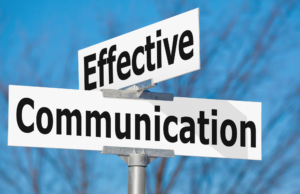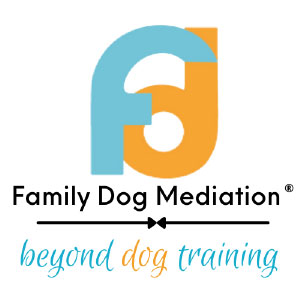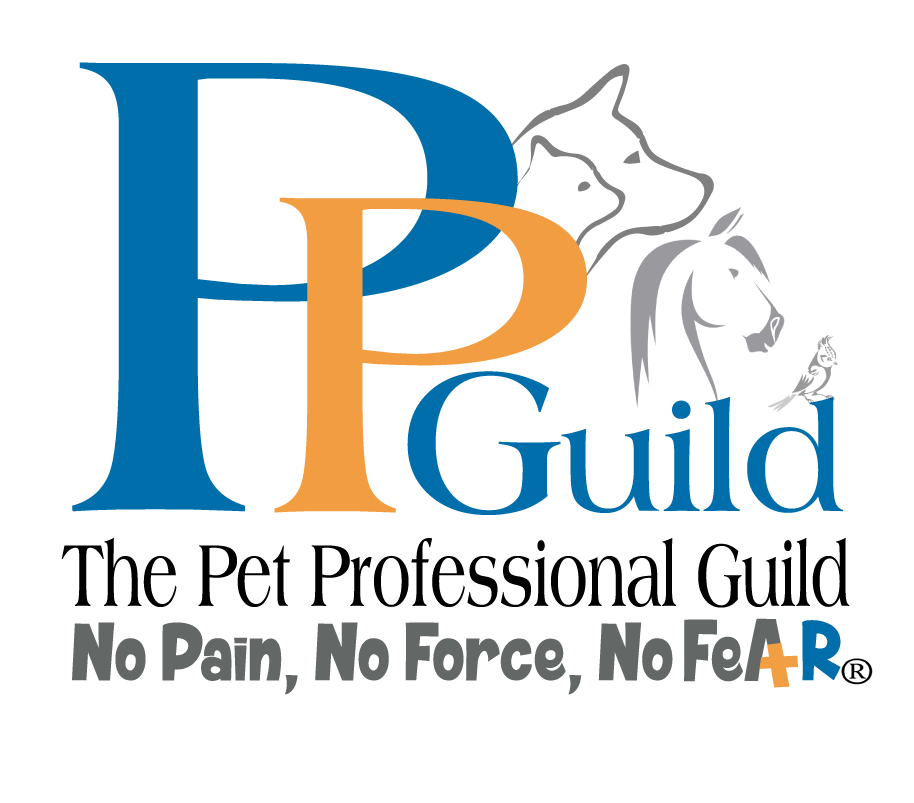Raise your hand if you’ve said “no” to your puppy when you wanted them to stop doing something. Leave your hand up if you’ve found yourself frustrated because your puppy didn’t listen. Keep your hand raised if you’ve ever thought your puppy “knows they aren’t supposed to do that” because you’ve told them know 100 times. Is your hand tired from holding it up? It’s ok, we’ve all been there. There’s a reason it’s not working the way you hoped. Let’s chat about why saying ‘No’ to your puppy doesn’t work.
4 Reasons Why Saying ‘No’ to Your Puppy Doesn’t Work
Many puppy parents default to using the word “no” as a primary training tool. The challenge is, puppies don’t understand the meaning of “no”: While puppies are intelligent and capable of learning, they lack the comprehension to understand the word “no” on its own. They are not born knowing what it means or what we want from them.
As humans, we know what we are asking for and what we expect our puppies to do when we say it. The problem is, our puppies don’t have a Merriam Webster dictionary and can’t look up the meaning to figure out what we mean. There’s a language barrier. Therefore, simply telling them “no” without further guidance leaves them confused and unsure of how to respond.
1. Lack of Instruction:
Merely saying “no” doesn’t provide puppies with any clear instructions about the desired behavior. They need guidance and positive reinforcement to understand the behaviors we want them to exhibit. By solely focusing on what we don’t want them to do, we fail to communicate the appropriate actions and miss the opportunity to shape their behavior effectively.
2. Frustration and Misunderstanding:
Nagging our puppies with the word “no” repeatedly can lead to frustration on both sides. Puppies may become stressed or anxious because they are unable to decipher what their owner wants from them. Puppy parents can feel frustrated when their puppy continues to engage in unwanted behaviors despite being told “no” over and over again. It is important to remember that puppies are not acting out of spite; they simply lack the understanding of what “no” means.
3. False Assumptions:
Puppy parents typically believe that their puppy understands the word “no” simply because they have used it frequently. However, repetition doesn’t equate to puppies comprehending the meaning of the word. Puppies need consistent, clear guidance and reinforcement to grasp the meaning behind our words.
4. Communication Gap:
Telling a puppy “no” repeatedly does not bridge the communication gap between owner and puppy. Instead, we should focus on teaching and guiding them towards the desired behaviors. One way is to reward good behavior. Using other positive reinforcement techniques such as redirecting their attention, and using clear cues, are more effective in helping puppies understand and learn what we want from them.
Can you relate?
Have you ever tried to communicate with someone when there was a language barrier? Does repeating the same thing over and over make things clearer? Does saying it louder ensure the person comprehends? It typically doesn’t and both parties are frustrated about the interaction.
Examples of miscommunication and frustration when saying ‘no’ to puppies
Here are some examples of how puppy parents might use “no” as a way to communicate with their puppies. Let’s explore why this can lead to confusion by the puppy and frustration for puppy parents and their puppies.
Example 1 of ineffectiveness of using ‘no’ when training puppies
Chewing on Household Items:
Puppy: A curious puppy discovers a pair of shoes and starts chewing on them. A puppy owner repeatedly says “no” without providing an alternative. The puppy becomes unsure of what to do. The puppy may continue chewing on the shoes thinking that “no” means nothing more than a momentary interruption. Another outcome is the puppy moves on to another forbidden object, such as the corner of the area rug or the dining room table leg, after being interrupted. At this point the puppy is just guessing what their person wants and the puppy parent is frustrated that their puppy is “still chewing on things they aren’t supposed to chew on”.
Owner’s frustration: The owner becomes frustrated as the puppy keeps chewing on various items, believing the puppy is being disobedient or intentionally misbehaving. The owner may scold the puppy, leading to a negative interaction and further confusion.
Example 2 of ineffectiveness of using ‘no’ when training puppies
Jumping on Guests:
Puppy: A friendly and excited puppy jumps up on guests when they arrive. A typical puppy owner consistently says “no” and pushes the puppy away, expecting it to stop. This puppy doesn’t understand what the owner wants and continues jumping or tries different approaches to seek attention. The puppy is getting trouble for not understanding what their person expects from them when greeting guests. The puppy hasn’t been taught what an appropriate greeting should be. This puppy continues to jump because jumping is a natural dog behavior when greeting people.
Owner’s frustration: A puppy parent becomes frustrated when the puppy continues to jump on guests despite being told “no” multiple times. The owner becomes increasingly frustrated. They feel the puppy isn’t making any progress and is still jumping after months of being told “no”. They may feel embarrassed or worried that their guests will be annoyed, leading to a sense of helplessness and disappointment in the puppy’s behavior.
In each of these scenarios, the puppy fails to understand what the owners want. There is a lack of clear communication and guidance beyond the word “no.” As a result, the puppy’s confusion persists, leading to frustration on both sides. It is important for puppy parents to recognize puppies need positive reinforcement, consistent training, and redirection towards appropriate behaviors rather than relying on the word “no.”
A reminder of effective puppy training
Remember, the goal is to create a positive and supportive learning environment for your puppy. By using constructive and positive responses, you can guide your puppy toward the behaviors you want while strengthening your bond and building mutual trust. Clear communication is key. We can’t get mad at our puppies for the things we didn’t take the time to teach them.
Final thoughts on why saying ‘no’ to your puppy doesn’t work
Conclusion: When it comes to training a puppy, saying “no” has its limitations. Puppies lack the inherent understanding of this word and are unable to grasp its meaning through repetition alone. Instead of relying on “no” to correct or stop unwanted behaviors, it is crucial for puppy parents to guide and teach their puppies the appropriate actions. By using positive reinforcement, we can reduce frustration and create clear communication. This fosters a stronger bond with our puppies and helps them develop into the well-mannered and happy companions we are looking for.
Are you struggling to effectively communicate with your puppy and experiencing difficulties when it comes to training your puppy? Yes, I need personalized help to deal with puppy training struggles.












